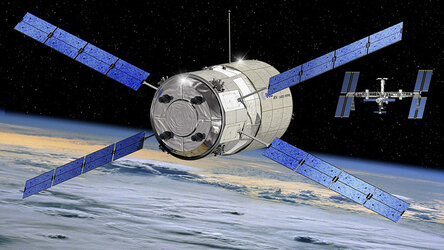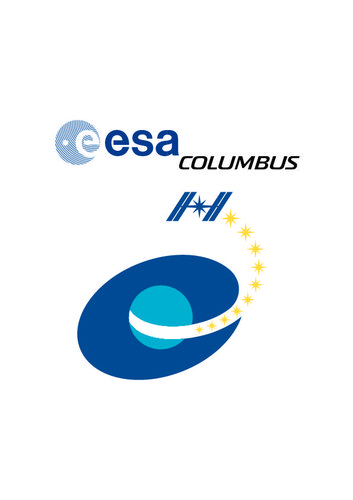Microgravity, a tool for industrial research
The launch of the Columbus laboratory in February 2008, followed by the launch of the ATV in March 2008 marks the beginning of a truly continuous European utilisation of the International Space Station.
With the addition of Columbus, the science capacity of the International Space Station was nearly doubled and a new era has begun for ESA’s activities onboard the Station, which from now on offers a permanent opportunity for space-based research.
The weightless environment of the International Space Station represents a tool for application-oriented and industrial research. From biotechnology to material science to fluid physics, the facilities and resources available on board allow scientists to carry out unique research. They also offer companies the opportunity to increase their competitive advantage by using the space environment as a platform for developing and testing new products and innovative technologies.

For example, weightlessness is a non-invasive tool in which to investigate cellular functions. This is essential for the better understanding of biological and physiological processes with potential applications ranging from drug development to tissue engineering.
Studying how the human body adapts to the lack of gravity can contribute to a better understanding of many physiological processes, thus supporting the development of effective countermeasures, from pharmaceuticals to fitness equipment.
Research under conditions of weightlessness allows more precise measurement of thermophysical properties, which can be applied in numerical models to optimise material-forming processes and leading to the improvement of production methods or materials.








